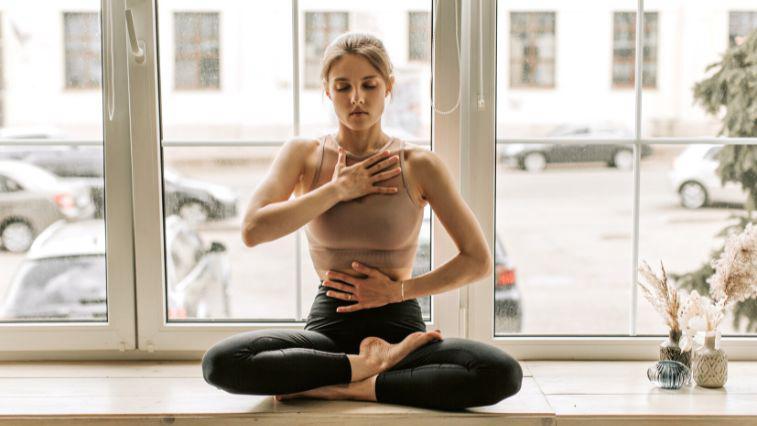In a world marked by relentless notifications, deadline anxieties, and information overload, immediate tools for calmness are not just a luxury—they are essential for well-being. Here are five meticulously selected exercises, each rooted in psychological research and mind-body expertise, that can help you reclaim tranquility anytime, anywhere.
Key Highlights: Fast Acting, Accessible, and Backed by Science
These exercises can be practiced in any order, require no special equipment, and are suitable for most ages and physical capacities.
They combine techniques for the mind, body, and senses—addressing the root causes of stress and panic in minutes.
Techniques such as Box Breathing, Progressive Muscle Relaxation, Grounding, Mindfulness Meditation, and Gentle Movement stand out as among the most effective and widely recommended for instant relief.
The Five Exercises for Instant Calmness
Box Breathing (Four-Square Breathing)
A proven technique for calming the nervous system and reducing panic, recommended by mental health experts and supported by numerous scientific studies.
How to do it:
Inhale slowly through your nose for a count of 4.
Hold your breath gently for a count of 4.
Exhale slowly through your mouth for another count of 4.
Hold your breath again for a final count of 4 before starting the next breath.
Repeat for 5–10 cycles or until you feel your heartbeat and mind slowing.
What it does: This technique helps regulate stress hormones, increases oxygen flow, and evokes a relaxation response almost immediately.
Progressive Muscle Relaxation (PMR)
This exercise grounds you in your body and systematically relieves built-up muscle tension—a common side effect of stress.
How to do it:
Find a comfortable seated or lying position.
Starting at your toes, tense the muscle group tightly for 5–10 seconds, noticing the tension.
Release the tension and focus on the feeling of relaxation for 15–20 seconds.
Move sequentially through the body—calves, thighs, abdomen, chest, arms, hands, shoulders, neck, and face.
What it does: Insightfully draws attention away from stressful thoughts, gives a sense of bodily control, and produces measurable physical relaxation.
The 5-4-3-2-1 Grounding Technique
An effective sensory-based method to counteract racing thoughts and feelings of overwhelm.
How to do it:
Identify five things you can see.
Identify four things you can feel (touch).
Identify three things you can hear.
Identify two things you can smell.
Identify one thing you can taste.
What it does: Brings your attention into the present moment, interrupting anxious cycles and reinforcing a sense of safety and control.
Mindfulness Meditation (Awareness of Breath)
Backed by clinical research for stress reduction; a staple of both cognitive behavioral therapy and Eastern traditions.
How to do it:
Sit quietly with your back comfortably straight.
Close your eyes or softly rest your gaze.
Focus on your natural breathing rhythm.
If your mind drifts, return gently to your breath, letting go of judgments.
Practice for 5–10 minutes for optimal effect.
What it does: Reduces anxiety, improves emotional regulation, and enhances present-moment awareness.
Gentle Movement: Walking or Yoga Flow
Exercise, even at low intensity, instantly releases endorphins, the body’s own calming chemicals.
How to do it:
Take a brisk 5-minute walk outdoors or around your space, focusing on sensations in your feet, legs, and breath.
Alternatively, perform a 5-minute sequence of gentle yoga poses such as Cat-Cow, Child’s Pose, or easy forward bends.
What it does: Physical movement relieves stress, boosts mood within minutes, and can act as a “meditation in motion” when combined with mindful attention.
Conclusion
Integrating these five instant-calming exercises into your daily routine can dramatically improve your ability to respond to stress on the spot. Whether you choose to breathe deeply, scan your senses, relax your muscles, quiet your mind, or move your body, you are equipping yourself with simple, research-based methods for resilience.
Sources: Mind Health, Virtua

